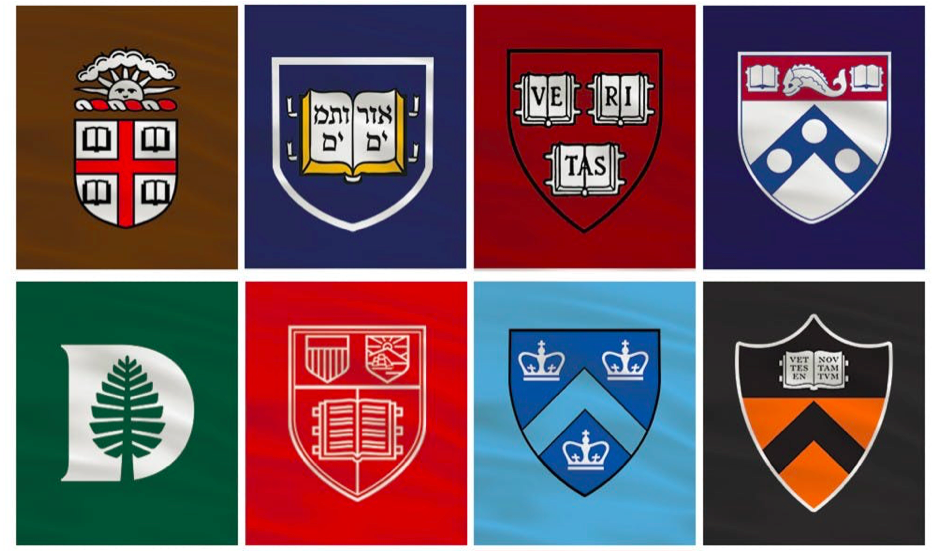Putting together your college list requires more thought than deciding what you want to wear today. Yet, far too many students that I’ve worked with probably put MORE thought into their daily clothing choices than they put into how to develop a final college list.
I could probably write a book about the many factors you should consider when developing a smart and strategic college list. Unfortunately, right now members of the high school Class of 2021 don’t have time to read a whole a book and I don’t have time to write a whole book. Instead, if you still have time to refine your college list, at least take the time to watch three videos that I put together recently. They explore how you can select smart safeties, possibles, and reaches for your college list. Good luck!



 So much of what you read, watch, or hear in the media is there to make you feel like it’s impossible to get into Brown, Columbia, Cornell, Dartmouth, Harvard, Penn, Princeton, and Yale without cheating your way in or using some unsavory connection to worm your way in.
So much of what you read, watch, or hear in the media is there to make you feel like it’s impossible to get into Brown, Columbia, Cornell, Dartmouth, Harvard, Penn, Princeton, and Yale without cheating your way in or using some unsavory connection to worm your way in.